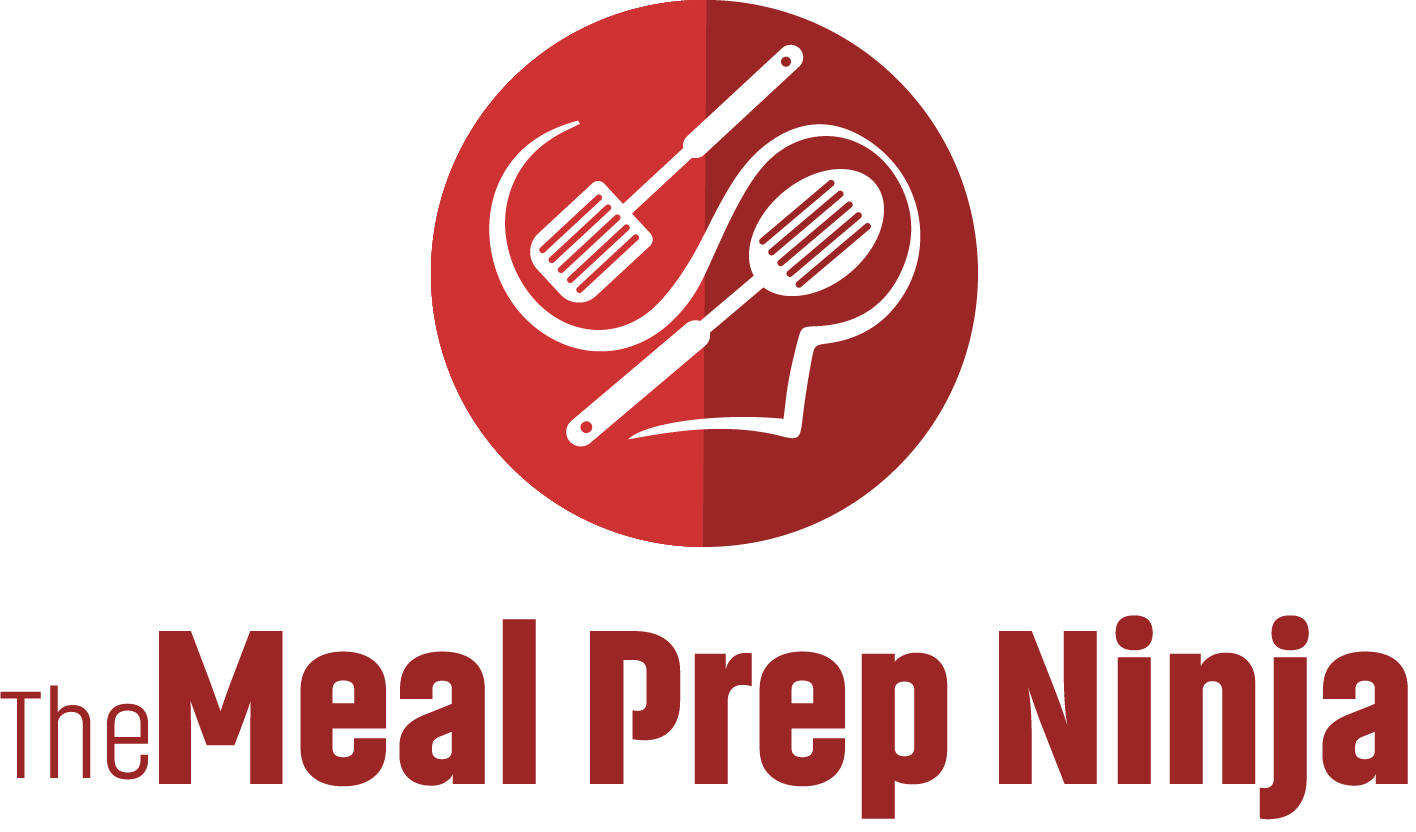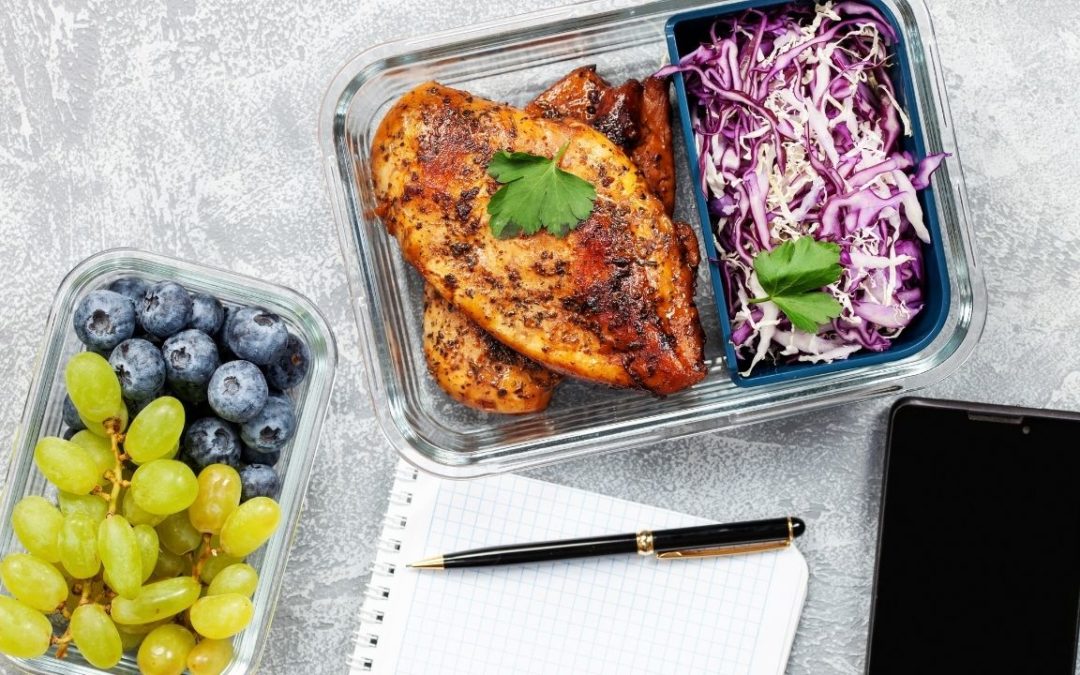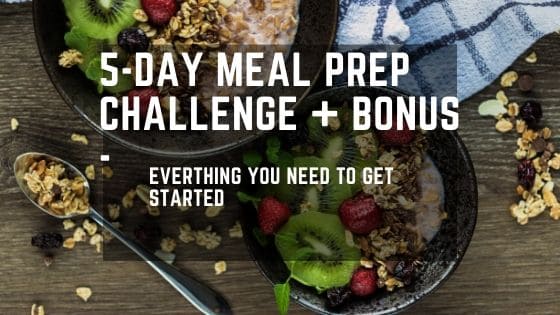Last Updated on February 27, 2022 by TheMealPrepNinja
Flexible Dieting for Fat Loss: Everything You Need to Know
Losing weight can be a difficult task, but it’s not impossible. Flexible dieting for weight loss is one approach that has been shown to be successful for many people.
In this blog post, we will discuss what flexible dieting is, how it works, and some of the pros and cons associated with it.
We will also provide you with some tips on how to make flexible dieting work for you!
Flexible dieting for weight loss
Flexible Dieting for weight loss can be a confusing topic, so here is everything you need to know about it in a nutshell. flexible dieting, or “If It Fits Your Macros” (IIFYM), is a way of eating that allows you to eat whatever you want as long as your daily calorie and macronutrient intake goals are met.
This can be a great way to lose weight because it eliminates the guesswork involved in trying to figure out what “healthy” foods to eat.
With flexible dieting, you simply track your food intake using a food journal or online tracking tool and make sure your daily calorie and macronutrient goals are met.
There are some key things to keep in mind when flexible dieting:
– first and foremost, flexible dieting is all about moderation. You can still enjoy your favorite foods as long as you fit them into your daily calorie and macronutrient goals.
– also, it’s important to be realistic with your food choices. If you’re not a fan of vegetables, don’t try to force yourself to eat them just because they’re healthy. Choose foods that you enjoy and that fit into your daily calorie and macronutrient goals.
– finally, be patient! flexible dieting takes time to perfect, so don’t get discouraged if you don’t see results immediately. With a little practice, you’ll be able to hit your weight loss goals in no time.
What is flexible dieting?
I believe in allowing everyone who has dietary concerns to eat anything they want without restrictions. It’s a core concept for flexibility in diet planning.
While it contains the phrase “digestion”, there is no actual nutrition in its name. This is the lifestyle.
This idea allows you to eat anything and keep your goal in place. Why? Oftentimes people do not understand what that means. It’s a different way of thinking. You will still need to be in a caloric deficit and follow meal plans with whole foods.
Flexible dieting when eating out
I want to lose weight but should always cook my own food. There’s another motive. You can control the calories in your food.
You can see what your food is about. In a restaurant, you don’t know it. Restaurant meals are usually more calorie-filled than most people realize.
Is that really true when the restaurant does something? But studies show the effect is around 60%. It’s because many restaurants have varying styles of preparation and serving food.
What should my macronutrients be when flexible dieting?
I believe that weight loss is important for everyone. In general calories have the most importance. The rest can be filled with carbohydrates or fat depending upon personal preference. But context matters.
For those athletes who are highly active and train hard, a higher percentage of carbohydrates will probably be needed in a healthy diet. If you have little activity it could also be a good idea to reduce carbohydrates.
If you want a healthier way to eat, break it down into 35% fat, 35% carbohydrates, and 40% protein. It’s possible that the 2,000 calories are just one calculation that only shows the examples.
Perhaps it would be easier for people to consume fewer calories and eat all food groups. It gives you the ability to eat whatever you want. Flexible dieting works but you would still need to read nutritional labels.
Is flexible dieting the right fit for you?
Find your diet. Flexible diets can suit any moderator. They’ll have some snacks to eat. They do not have much trigger food and are well able to recognize appetite. Generally, the restrictions have to have some form of structure around which foods are not allowed.
They are allergic to certain triggers and cannot stop just one bite. Flexible diets are another option for those with more analytical and numerical thinking.
When you hit numbers you will think that it’s good to hit fewer numbers. A flexible diet can also be an ideal solution for those who aim for a higher level of athletic ability and shape. Flexible dieting does not mean eating fewer calories but will help you meet your calorie and macronutrient needs.
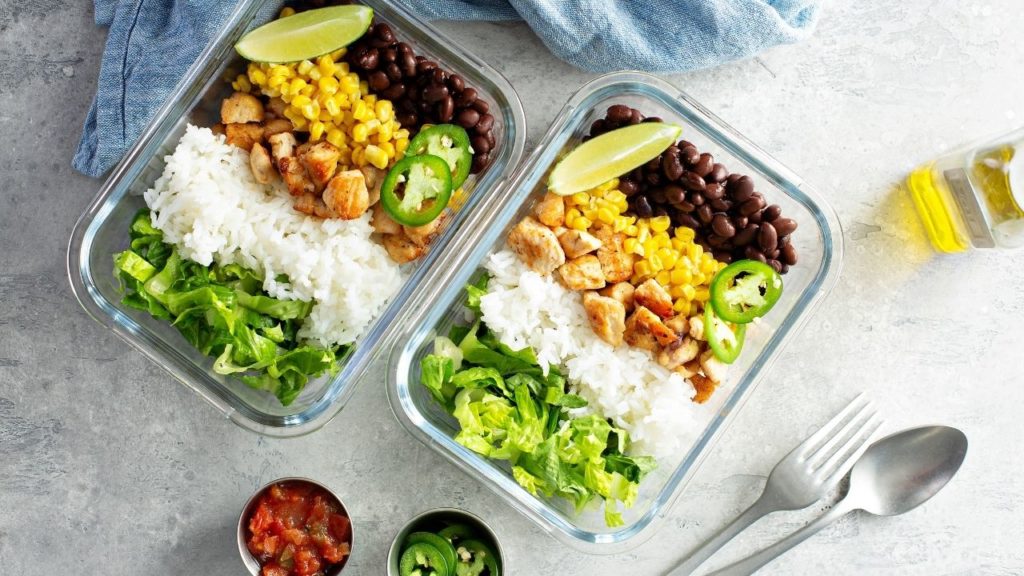
Eyeballing portion sizes
It seems to be a very easy approach and seems to last long. It may not be as accurate in weight as tracking foods, but it may be good.
Starting with a small micronutrient and gradually increasing. Use hands to assess proteins during 2-weeks. Depending on consistency, start with vegetables then carbohydrates, and then fat. Start with one meal.
If you have already felt very confident but are not ready for it at any meal, try 1. 2. One half-dozen vegetable! If you struggle, you could simply fill your plate half with veggies and half in 2 parts protein 1 – 4 carbs. Consult nutrition statement.
What flexible dieting is NOT..
Flexible dietary habits have been getting some bad publicity for several years since the idea of incorporating macro nutrition into your routine. In 2017, the IIFYM diet became popular among the Instagram-based gym community.
The fitness enthusiast suddenly began sharing the unhealthy foods that were consumed and revealing that they still ripped off their abs.
People are beginning to understand that eating what they want is what fits their macros. IIFYM misinterprets the idea of flexible dieting.
In the past few years, flexible diets have more closely merged and are often interchangeable.
You still need to have a healthy relationship with food well still counting macros. Most diets put you in a calorie deficit but are restrictive diets and don’t let you eat the foods you like most.
Disadvantages of flexible dieting
It’s often tedious to track foods. But that won’t last forever. It has an acronym for eating break. You may practice a flexible eating habit of tracking your food before you go to rest.
It’s crucial that you remember your lessons.
Flexibility diet may become dangerous for certain people if they do not follow their plan. Those who want a more specific set of standards are not necessarily suitable for this situation.
It doesn’t emphasize nutrition or micronutrients. It says eat nothing, eat everything, and you’re going to laugh. Similarly, no specific recommendation is made on food quality and what foods are off-limits. You also don’t know if it’s best for your overall health.
How do I track calories macro’s (eating, portions)?
Tell me the way to keep track? How? It’s necessary to use a reliable food measuring scale and an app for analyzing food. Here is a list of suggestions. The app has many features that allow you to print out labels for food or for prepared food.
I’ll give you an example. What’s the best weight of protein? (fish, meat, beef) before cooking. If this has already been done, you can find out in your tracking app.
Weight of jars. Set your scale at 0 and put it in a container. It shows how much you can hold in the container and contents. Use measuring cups or a spoon to measure how many grams are in each ingredient.
How much do you eat when flexible dieting (what about macros)
It’s not difficult to find calories and macro calculator software. They usually have the best possible calorie ranges available. I have a calorie/macro calculator on my website that you can use. It’s more specific and reflects age, gender, activity level. These calculators help with body composition goals, energy expenditure, muscle mass, and total daily energy expenditure.
You may use your existing weight and divide it into numbers if your goal is to achieve the weight. There is some distance. For success, it’s not necessary to have perfect numbers.
Adding 100 – 200 calories can help you avoid hitting a certain number. Does that look great?
How can I use flexible diet to achieve my goals?
Tell me the definition of Flex Dieting in a dietary context? Flexible dietary practices are made by counting macros. How does macro count work?
Typically a macronutrient is the component of the calories found in the diet, namely proteins, fat, and carbohydrates. Each macronutrient is composed of different quantities of calories that affect you.
Macro Count is a simple means to determine your macronutrient intake by analyzing your diet according to your goals, lifestyle, or preferences.
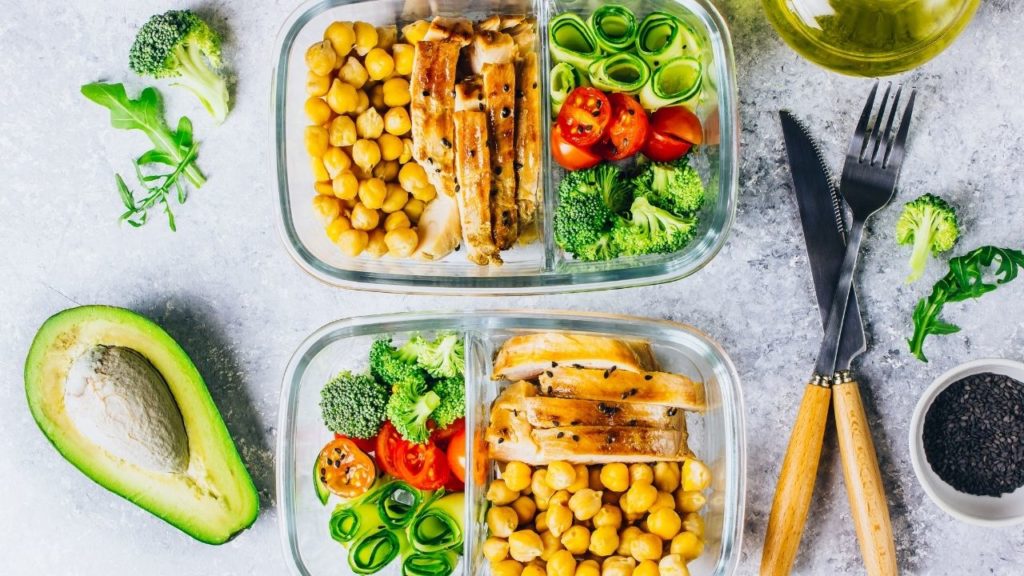
How do you know what to eat while flexible dieting?
I’m really annoyed as I’ve seen it on many food posts too. All diets follow the same principles. No food list can make anyone crazy. And this is it.
I recommend that you create one yourself. Describe the three to five proteins you like.
If someone is going through a similar situation ask them to do this. When we follow flexible diets, the answer may seem similar. This is an excellent shopping list!
Flexible dieting when eating out
I want to lose weight but should always cook my own food. There’s another motive. ). You can control the calories in your food. You can see what your food is about.
In a restaurant, you don’t know it. ) Restaurant meals are usually more calorie-filled than most people realize. Is that really true when the restaurant does something?
But studies show the effect is around 60%. It’s because many restaurants have varying styles of preparation and serving food.
Can you follow a flexible diet without tracking your intake?
In most cases, tracking macros are not available, and it should be okay too! Flexible Diets are easier to track if you eat the right foods. But that isn’t absolutely necessary at all.
It is not always necessary to keep a record of food. However, you can continue following a flexible diet. You can make your food choices no different without monitoring them.
It is clearly a difference that you will not build your meals in order to reach specific macro-targets.
Health & Longevity
It’s easy to forget about weight loss when it comes to flexible dieting. For people seeking performance gains, food quality is important!
The most important part of eating a well-rounded diet is to be aware of your general food quality.
For this you can choose 80% of your diet as a whole-grain source: think unpasteurized vegetables, fruit carbs, lean meat, and healthy fats. 20% of them are processed foods that you prefer.
Is flexible dieting good for weight loss?
I have mentioned before on our website that weight loss involves a calorie deficit. Weight loss requires more fat than the intake of calories.
If one tries to reduce their caloric needs, they’ll lose weight! You can eat any kind of food you like.
Certain foods will benefit you overall but you will not lose weight. This is one of my best examples. Is a smoothie a good choice when you are overweight? Nope. Obviously.
Tell me the benefits of flexible dieting?
This concept took me very long to get through. Some meals were considered forbidden. Candy bars and fast food surely belong in those categories, but no one would allow themselves a chance to eat them.
Now I like eating what some consider junk food a lot because my knowledge is basic about nutrition & macro-nutrition. I attribute this to flexible eating. The 2 options listed here show a distinct difference.
With flexible dieting, you can’t fall off track
For weight loss, calories, as well as macros, have a major influence on body composition. If you understand calories & macros, it’s important to think about what you are eating.
Foods you had considered to be a major obstacle to achieving success suddenly become an acceptable solution. Food that you eat is nourishing or healthy.
It would also be nice to eat avocado toast and banana chips. If we take nutrients & macros they make an incredibly significant difference! It might help to fill your stomach with food on the left.
How does flexible dieting work?
You might even have grinned and wondered how you can eat everything. Oh, yeah. Flexible diets work or don’t work as well as other diets. In terms of weight gain, it is crucial to understand calories.
Whenever we eat more than our needs are met, we lose weight. We lose more weight when we have more food in our stomachs and fewer carbs. But nothing is absolute — quality food is absolutely necessary.
How can I lose weight with a flexible diet?
Flexible eating does not reduce weight. You may also use them to boost your muscles. This requires more planning because the way you eat can affect your weight.
It takes a flexible dieter to consume fewer calories than their daily dose. 20 percent fewer calories should help reduce body fat. During the long cutting phase, a 20 percent increase of calories should suffice.
Benefits of flexible dieting
It can be easily followed without any food restriction because there is no restriction at all. It can even have psychological benefits.
It provides greater flexibility and variety for food and allows easier socializing. You can find dozens of information on the size of your food and the calorie or macronutrient content.
Awareness is able to do many things.
How do you lose weight with flexible dieting?
Similar to losing pounds if you are eating other diets – calorie deficits. The calories deficit occurs when we consume fewer calories over the long term than our bodies require.
Weight loss will reduce body weight in the long term.
You can also do this by improving the quality of food you eat, eating less calorie-dense foods, and controlling portion sizes by using your hands
This could be done in a variety of ways if you wanted. It might be a combination of some good things or that using different approaches at different times to suit your requirements is better suited.
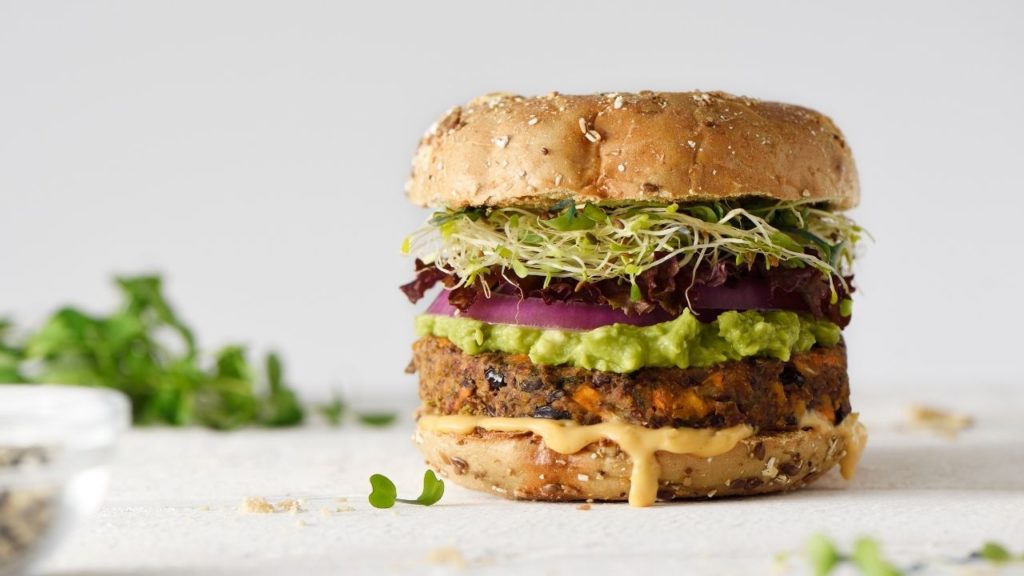
Drawbacks to Flexible Dieting
Although flexibility in dieting is a great convenience, its shortcomings can often be overlooked. Some things you have to remember to prevent problems when starting.
It demands self-control
Although the diet doesn’t require any restriction, its effectiveness depends entirely on our willpower. You can easily fall off the wagon if you’re not following a strict plan – this is a very common mistake.
You may find it tempting to overdo this if you enjoy the foods you like. You need to be determined to meet your target, and consuming your food can be difficult.
There are also aspects like eating junk. If that means, it’s possible you don’t have to. Flexible weight management has no limitations and you must continue working on it until you see results.
Tracking Your Macros Can Be Tiresome
There are no details about it. It’s hard to count calories all at once. While we enjoy our food, it is difficult to think about our nutrition daily.
Although food diary apps and scales help with achieving the desired results, it remains an ongoing process that needs to be put into practice.
There’s Math Involved
Having flexible dietary options will require the calculation of the results. It’s important to learn to eat well and understand the macronutrients so that your macro calculations are correct.
Flexible dieting demands much more effort than the simpler strict dietary rules.
FAQs
Is flexible dieting good for weight loss?
There is a lot of debate surrounding flexible dieting when it comes to weight loss. Some people believe that it is the best way to lose weight, while others think that it is unhealthy and can actually lead to weight gain. So, is flexible dieting good for weight loss?
The answer to that question depends on a number of factors, including your individual body type and how well you adhere to the principles of flexible dieting.
What type of diet is most effective for weight loss?
There are many different types of diets that can be effective for weight loss. Some of the most popular diets are flexible diets, ketogenic diets, and paleo diets. A restrictive diet will keep you in a calorie deficit well meeting your calorie and macronutrient needs.
What is the 80/20 rule diet?
The 80/20 rule diet is a flexible dieting approach that helps you lose weight while still allowing you to enjoy your favorite foods.
It follows the basic principle that 80% of your diet should be made up of healthy, nutritious foods, while the remaining 20% can be made up of foods that you love but may not be as healthy. This flexible approach makes it easier to stick to a diet and lose weight over time.
Conclusion
Flexible dieting can be a great way to lose weight and keep it off, but it’s not for everyone. Make sure you understand the basics of flexible dieting before giving it a try.
Start by calculating your basal metabolic rate and figuring out how many calories you need to eat each day to lose weight. Be realistic about your goals and don’t expect to lose weight too quickly.
Make sure you include a variety of healthy foods in your diet and drink plenty of water. Avoid eating processed foods and sugary drinks.
Flexible dieting can be a great way to lose weight, but it’s important to make sure you’re doing it the right way. Talk to your doctor or a nutritionist if you have any questions or concerns.
Thank you for reading! I hope this blog post has been helpful. Feel free to leave comments or questions below. Happy dieting! 🙂
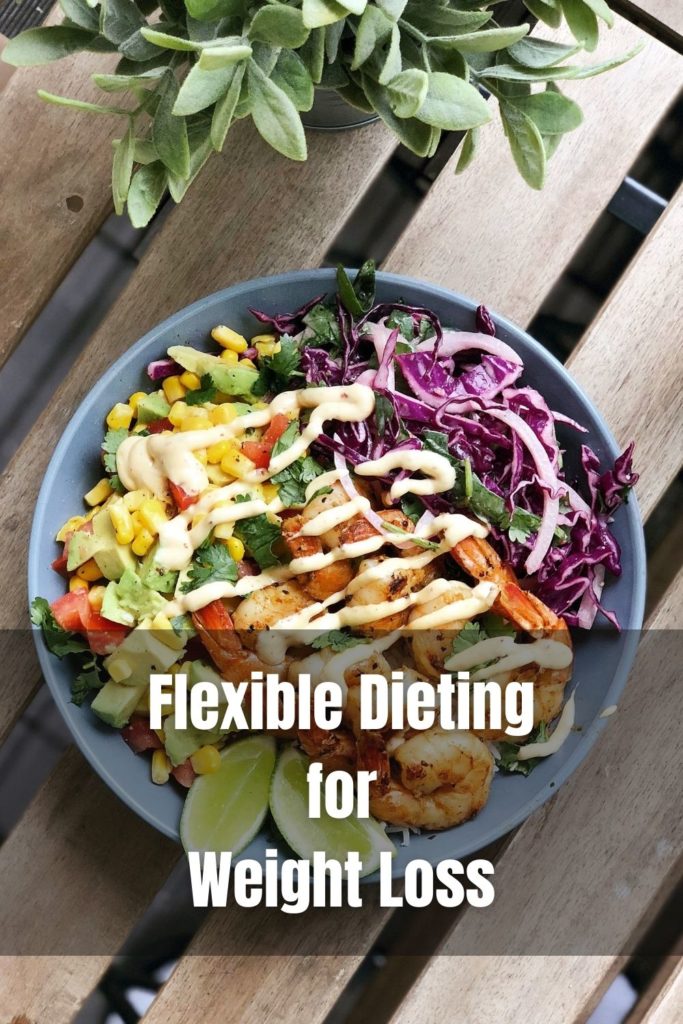

Jim Lopez, the founder and editor of The Meal Prep Ninja, shares his journey from a passionate bodybuilder and fitness enthusiast to a certified nutrition coach. Certified by Precision Nutrition, Jim aims to empower others with knowledge on meal prep and nutrition, offering resources for busy individuals to enjoy low-calorie, tasty foods. His blog is a community for sharing healthy eating habits and meal prep recipes
